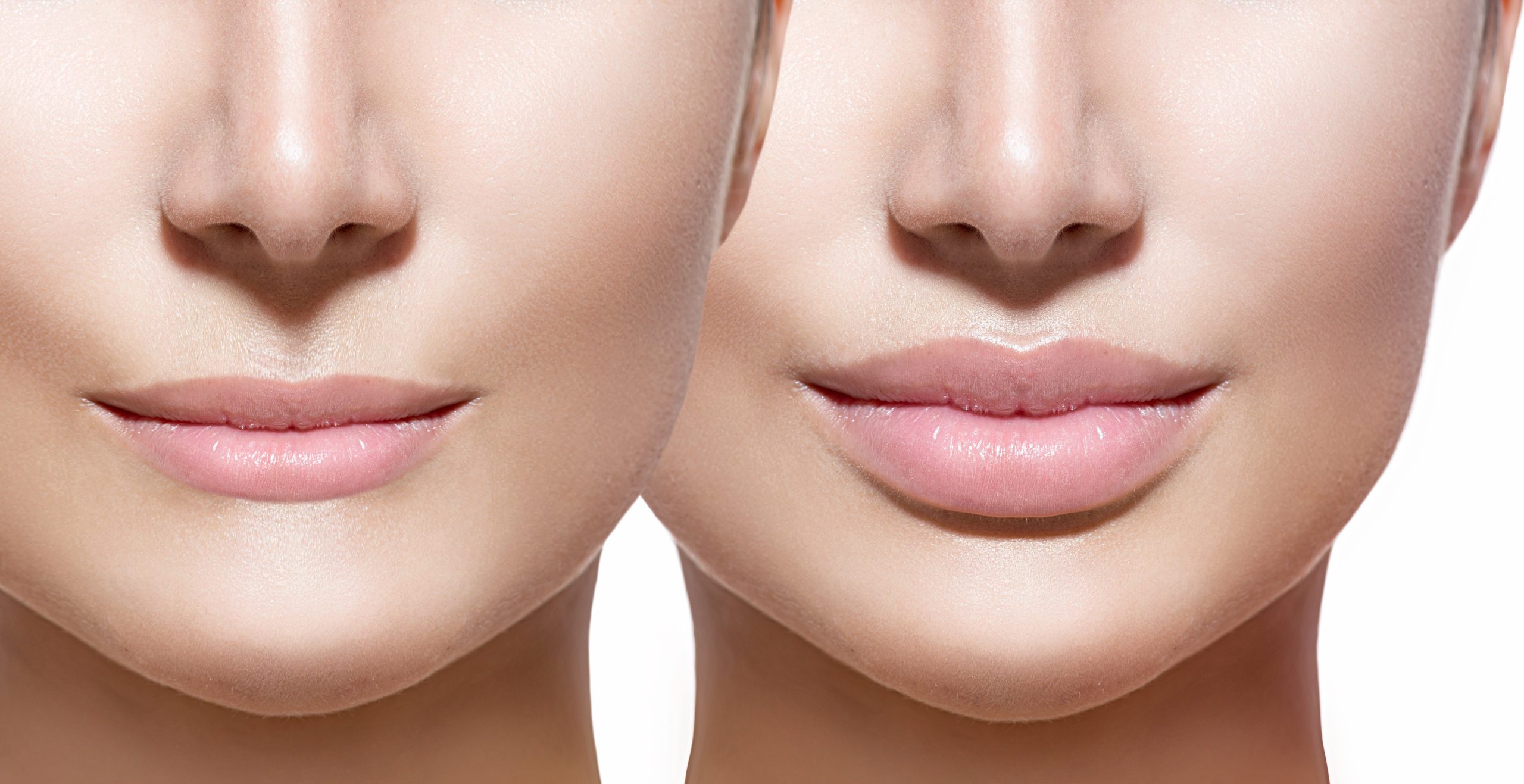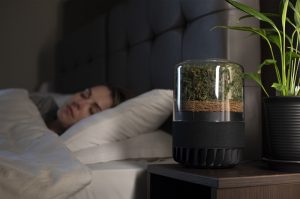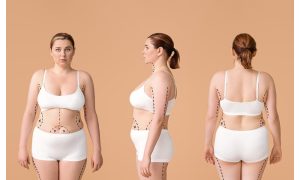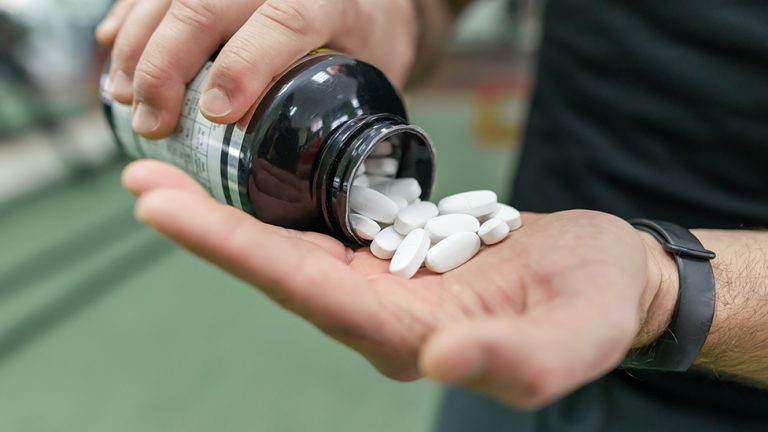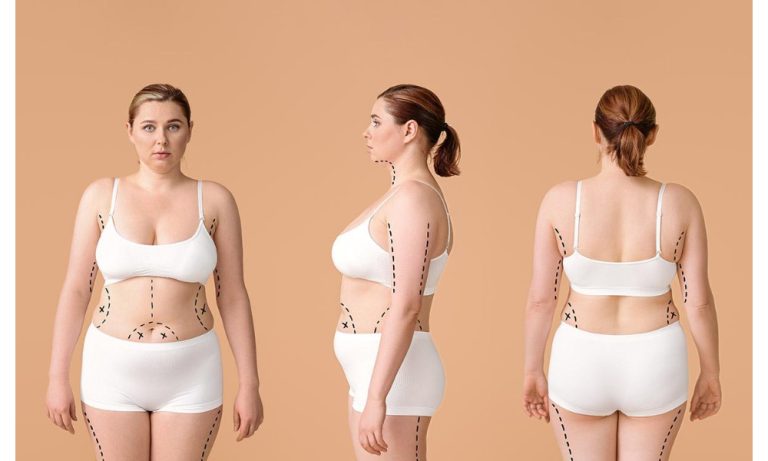Full, well-defined lips are often seen as a sign of youth and beauty. Over time, however, natural volume loss, thinning, and fine lines can make lips appear less vibrant. Non-surgical lip enhancement using dermal fillers has become one of the most popular cosmetic procedures for restoring symmetry, improving definition, and creating a naturally plump appearance.
Modern lip fillers are highly customizable — allowing patients to achieve subtle refinement or more dramatic volume while maintaining balance with the rest of the face. This guide explains the main types of lip fillers, the techniques professionals use, and what to expect before and after treatment.
1. What Lip Fillers Are and How They Work
Lip fillers are injectable gels made primarily from hyaluronic acid (HA), a naturally occurring substance in the skin that attracts and retains moisture. When strategically injected into the lips, HA fillers:
- Add volume and definition
- Smooth out fine lines around the mouth
- Enhance lip shape and symmetry
- Improve hydration for a supple, natural look
Unlike older fillers, modern HA-based formulas feel soft, flexible, and move naturally with facial expressions.
2. Common Types of Lip Fillers
Different filler products are designed for specific goals — from subtle hydration to significant plumping.
2.1 Hyaluronic Acid Fillers (Most Common)
Brands like Restylane®, Juvéderm®, and Teosyal® are formulated with HA in varying densities.
- Soft, low-viscosity gels: Best for smoothing and hydration.
- Medium-consistency gels: Ideal for shaping and defining the vermilion border.
- Thicker gels: Used for structural support and enhanced volume.
Hyaluronic acid fillers are temporary and reversible, making them safe and fully adjustable.
2.2 Collagen-Stimulating Fillers
Some newer products include ingredients like calcium hydroxylapatite (CaHA) or poly-L-lactic acid (PLLA) that promote natural collagen production. These are less common for lips due to firmness but may be used around the mouth for deeper lines.
2.3 Hybrid Formulations
Some advanced fillers combine HA with amino acids or antioxidants to improve longevity and hydration, offering a more refined and longer-lasting result.
3. Techniques Used for Lip Augmentation
The art of lip enhancement lies in the injector’s technique. The method chosen depends on your anatomy, aesthetic goals, and desired outcome.
3.1 Linear Threading
Filler is injected along the natural lip line or inside the vermilion border for smooth contour enhancement and definition.
3.2 Tenting Technique
Small vertical injections create lift and structure, particularly useful for defining the Cupid’s bow and central lip area.
3.3 Micro-Droplet (or Micro-Depot) Technique
Tiny amounts of filler are strategically placed for subtle hydration and texture improvement without adding visible bulk.
3.4 Russian Lip Technique
A popular modern approach that lifts the lips vertically for a heart-shaped, defined appearance. It emphasizes height rather than volume and avoids excessive projection.
3.5 Combination Approach
Many experienced injectors use a combination of techniques to balance shape, symmetry, and natural proportion between the upper and lower lips.
4. Customization: Natural Enhancement vs. Volume Boost
A skilled injector tailors every lip filler treatment to individual facial proportions. There’s no one-size-fits-all approach — your lips must complement your face.
- Subtle enhancement: Focuses on hydration, soft contouring, and definition.
- Moderate augmentation: Adds structure and volume while preserving a natural look.
- Full transformation: Ideal for those seeking a more dramatic, defined result.
The best results are not overfilled — they’re balanced, symmetrical, and move naturally when smiling or speaking.
5. What to Expect During the Procedure
A lip filler session typically takes 20 to 30 minutes and includes:
- Consultation and assessment of lip shape, balance, and symmetry.
- Cleansing and numbing with topical anesthetic for comfort.
- Precise injections into key areas of the lips and borders.
- Shaping and molding of the filler for smooth, even distribution.
Some mild swelling or bruising may occur, but this usually resolves within a few days.
6. Immediate and Long-Term Results
Right After Treatment
- Lips appear fuller and more hydrated immediately.
- Swelling can make the lips look slightly overfilled at first — this subsides within 48–72 hours.
After Two Weeks
- The filler settles completely, revealing the final shape and texture.
- The lips feel soft, natural, and move normally with expression.
Longevity
Most lip fillers last 6 to 12 months, depending on metabolism, filler type, and lifestyle. Regular touch-ups help maintain consistent volume and definition.
7. Recovery and Aftercare
After treatment:
- Avoid touching or massaging your lips for 24 hours.
- Skip intense exercise and alcohol for 48 hours.
- Stay hydrated to help the filler integrate smoothly.
- Avoid heat exposure (saunas, sunbeds) for a few days.
Minor bruising, tenderness, or asymmetry is normal initially and resolves as swelling decreases.
8. Benefits of Modern Lip Fillers
Modern lip filler technology allows for natural, elegant enhancement without the “overdone” look of the past. Key advantages include:
- Non-surgical and minimally invasive
- Immediate, adjustable results
- Little to no downtime
- Reversible (if HA-based)
- Improved lip texture and moisture retention
Well-placed lip fillers not only improve volume but also rejuvenate the lips, restoring youthful smoothness and symmetry.
9. The Importance of a Skilled Injector
Technique and anatomical knowledge are critical for achieving safe, beautiful results. Lips are highly vascular and delicate — an experienced injector ensures even placement, symmetry, and natural motion.
Professional medical clinics like Mediluxe lip fillers specialize in advanced lip augmentation tailored to individual facial features. Their experts combine artistic precision with medical expertise, ensuring results that are elegant, balanced, and aligned with each client’s aesthetic goals.
10. Who Makes a Good Candidate?
You may be a good candidate for lip fillers if you:
- Have naturally thin lips or volume loss due to aging
- Want to enhance shape or definition
- Desire subtle, natural-looking results
- Are in good health with realistic expectations
Your injector will evaluate your lip structure and recommend the best filler type and technique for your desired outcome.
Conclusion
Lip fillers have evolved into a refined, customizable art form. Whether your goal is hydration, symmetry, or added volume, today’s advanced dermal fillers provide natural-looking results that enhance rather than alter your features.
With proper technique, quality materials, and a personalized approach, lip enhancement can rejuvenate your appearance while preserving balance and proportion.










